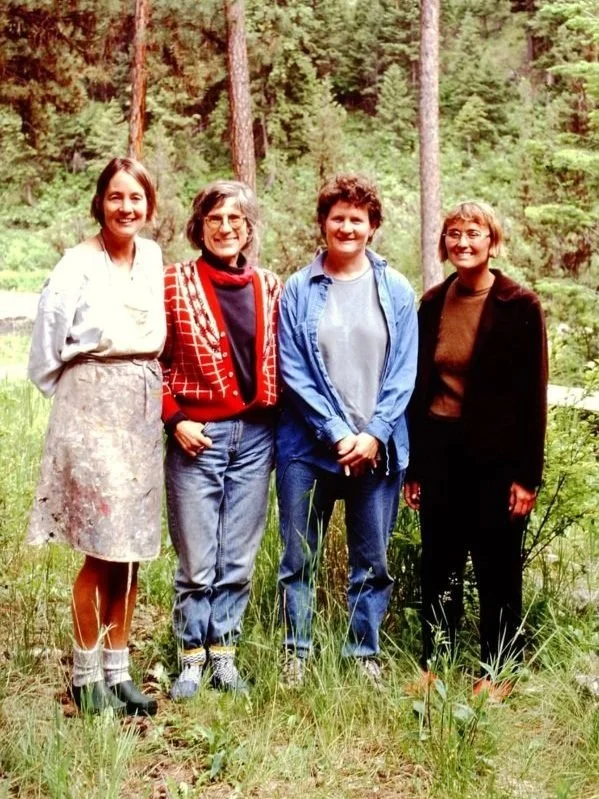‘Focus on the Figure’ exhibit highlights female artists
This article originally appeared in the Montana Kaimin."In 1989, a group of well-established female artists based in Missoula met in a private studio to draw the female figure. Around 33 years later, the select group of artists who make up the Pattee Canyon Ladies Salon have become the oldest active group of female artists in the state of Montana. The Montana Museum of Art and Culture exhibit, “Focus on the Figure,” takes visitors on a walk through their history.“The traditional paradigm is male artists having access to the female nude, and the male nude, as an object of study, and the fact that this is a group of female artists who have dedicated themselves to drawing the female body is pretty significant because it rebuts the tradition,” said Rafael Chacón, the director of the MMAC and a professor for the School of Visual and Media Arts at the University of Montana.
Chacón discovered the Ladies Salon and brought the idea of honoring these artists up to the museum’s curators around three years ago. The Salon has been putting on annual exhibitions, but Chacón said that he wanted to celebrate both the longevity of the group and the progressivism of the work they produce.The focus of the exhibit is on the history of the Lady Salon. Chacón invited members of the group to join the curating team, including past and present artists and models. The MMAC received a grant from the Montana History Foundation to record all the active members, past models, present models and past members, to tell their stories and take attendees on an oral history journey. There is artwork in the exhibit which dates back to the 1990s.The exhibit is dedicated to Nancy Erickson, who founded the group and hosted the artists and models in her home studio. Erickson passed away in February 2022, but her legacy and the social and supportive community she created lives on.One of the models, Maureen McCourt, worked for the Ladies Salon from 2006 to 2008 while attending UM. She then moved to New York City for graduate school where she earned a master’s in sculpture. McCourt had modeled for her friends’ projects before, but never for people she didn’t personally know.She came across an advertisement in the paper asking for models for the all womens drawing group, and when she finally found the courage to call, she was met by Erickson on the other end of the line. McCourt recalled her as “warm and lovely.” Soon after the call, Erickson brought McCourt into the studio, where she was met with familiar faces--including some of her own professors.“I felt very part of the group, not just being there as a model to be looked at,” McCourt said. “It was really enjoyable being a model for that group because they knew each other and had great conversations.”
Being a young artist at the time, modeling for the group was an important experience for McCourt. She found it influential to experience these female artists come together to work and discuss their art. McCourt held this experience close to her during the years she lived in New York and Orange County, California.McCourt hasn’t modeled for the group since 2008, so most of the pieces were new to her, but she adored the exhibit. McCourt came back to Missoula for family, and to settle down with her partner. She is currently in the clinical mental health masters program at the University.“You can see so much artwork in New York,” McCourt said. “I think what’s more of a challenge is developing an art community, because it’s so big and vast. I think that’s something Missoula has to offer, because it is smaller and you can connect with the art community in more tangible ways.”Chacón, who came to Missoula from Chicago more than 25 years ago to teach, said the School of Visual and Media Arts is one of the most gender balanced programs at the University. When he arrived the faculty was 50 percent men and 50 percent women.“The fact that we had gender equity in the school of art meant a great deal to me as a professor,” Chacón said.With the arts being traditionally dominated by men, the academic part of the art world has helped to create a healthier and more balanced space. The human figure, Chacón said, is central to our understanding of art in the Western world and men are usually the ones telling the story.“The tradition is that men have controlled the image of female beauty and the female body, and I think that to have women be the protagonist and the agents who get to determine what is beautiful and acceptable, and to look at, describe and interpret the female body is a rare thing,” Chacón said."

